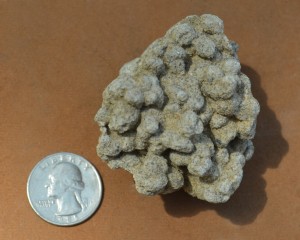Examples of Macaronichnus, Planolites and Palaeophycos Trace Fossils
 Macaronichnus in outcrop Miocene Temblor Fm Hill 2021, Coalinga San Joaquin Valley |
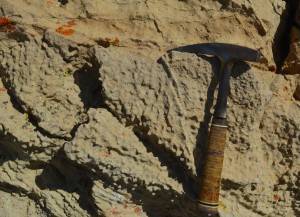 Macaronichnus in outcrop Carneros Sandstone Miocene Temblor Fm Twisselman Ranch, Temblor Range San Joaquin Valley |
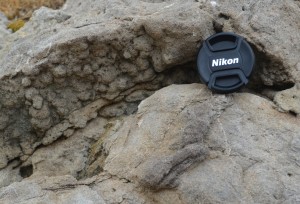 Macaronichnus (left of lens cover) Phacoides Sandstone Miocene Temblor Fm Salt Creek, Temblor Range San Joaquin Valley |
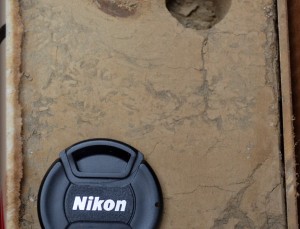 Macaronichnus in core (burrow fill and matrix are the same) Pliocene Etchegoin Fm, 8147-A well Lost Hills oil field, San Joaquin Valley |
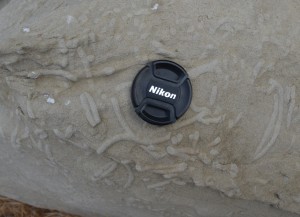 Planolites in outcrop Carneros Sandstone Miocene Temblor Fm Jack Canyon (near Highway 46) San Joaquin Valley |
 Planolites in core, (upper part of core w/ Helminthopsis in lower part) Belridge Diatomite Miocene Reef Ridge Fm, OB-7 well Lost Hills oil field, San Joaquin Valley |
 Planolites in core Pliocene Etchegoin Fm TWO 2436 well Lost Hills oil field, San Joaquin Valley |
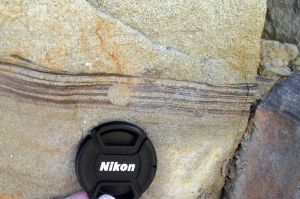 Planolites in outcrop Piru Gorge Sandstone Miocene Ridge Route Formation Templin Highway, Transverse Ranges (south margin San Joaquin Valley) |
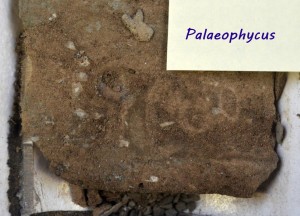 Palaeophycus in core Pleistocene Tulare Fm (non-marine) EXF 376T well Midway-Sunset oil field San Joaquin Valley |
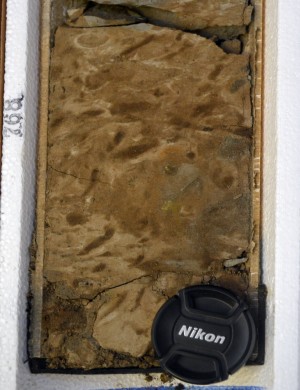 Palaeophycus in core Pleistocene Tulare Fm (non-marine) EXF 376T well Midway-Sunset oil field San Joaquin Valley |

